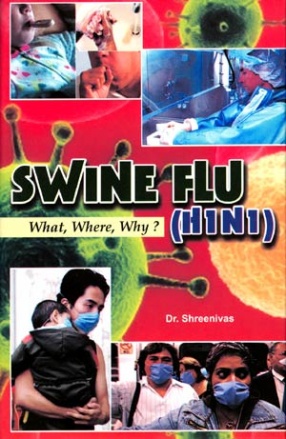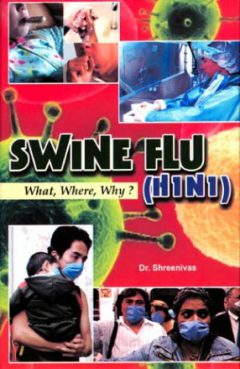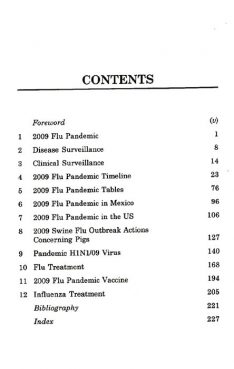The 2009 flu pandemic is a global outbreak of a new strain of a influenza A virus subtype HINI, officially named the "new HINI", first identified in April 2009, and commonly called "Swine Flu". It is thought to be reassortment of four known strains of influenza A virus: one endemic in (normally infecting) humans, one endemic in birds, and two endemic in pigs (swine). Transmission of the new strain is human-to-human, with cooked pork products safe to eat as the virus cannot be transmitted by eating foods.
The outbreak began in Mexico, with evidence that Mexico was already in the midst of an epidemic for months before the outbreak was recognized. Soon, its Government closed down most of Mexico City’s public and private offices and facilities to help contain the spread. In early June, as the virus spread globally, the World Health Organization (WHO) declared the outbreak to be a pandemic, but also noted that most illnesses were of "moderate severity". The virus has since spread to the Southern Hemisphere which entered its winter flu season, and to many less developed countries with limited healthcare systems. Because the virus was spreading with "unprecedented spped", and many clinics were overwhelmed testing and treating patients, WHO stopped requiring countries to report all cases, but is still monitoring unusually large outbreaks.
Although the symptoms of Human Influenza date back to 400 BC and described by Hippocrates during this period, the virus has caused numerous pandemics. It is in fitness of things that researches are conducted to cure the patients suffering from Swine Flu (H1N1).
The idea behind bringing out this important Book on Swine Flue is to make the people aware regarding the risks involved besides providing advice for the proper and inexpensive treatment with a view to optimizing the health budgets of the Federal Governments.







There are no reviews yet.